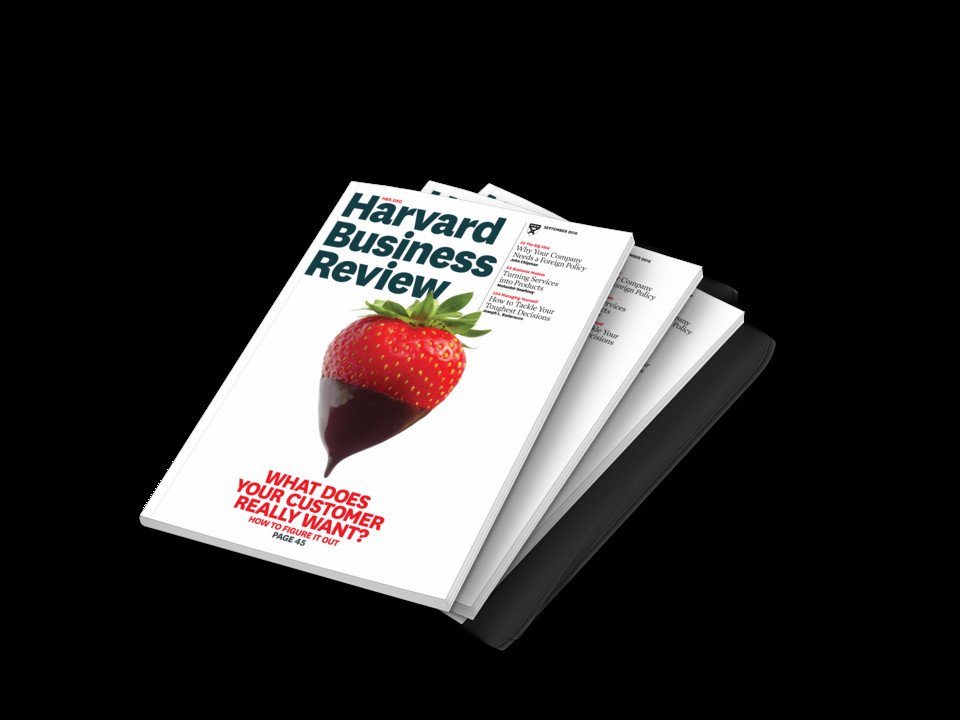Building an Insights Engine: How to be truly consumer-centric

Harvard Business Review recently published this piece by Frank van den Driest, Stan Sthanunathan and me, on the Insights Engine and how it works at Unilever. Here are some more thoughts from me on the topic.
I often say that I have seen more change in the last five years in the marketing and insights industry than I have in the previous 25. Changes in how brands and consumers interact and engage with each other, huge shifts in the path to purchase, and the ever-growing importance of mobile, social and visual are all presenting challenges for brands - but also huge opportunities.
In this fast changing world the importance of insight and foresight to understand our consumers has never been so important – and was one of the reasons why I was so keen accept the invitation to be Chairman of the Insights 2020 Advisory Board. The Insights2020 initiative was set up to look at how the role of insights in an organisation can drive business growth through creating a consumer centric culture. It identifies ten key drivers of change within an organisation. You can read how these play out at Unilever in this month’s issue of the Harvard Business Review, in an article I co-authored with my head of Insights, Stan Sthanunathan and Frank van den Driest, Chief Client Officer at Kantar Vermeer, who co-ordinated the study. Let me share with you a short preview of just three of the key drivers that really have an impact here at Unilever.
First would be data-driven customisation. We talk a lot about big data, but having troves of data is of little value in and of itself. What we are looking for is smart data, and turning insights - that are becoming available at an ever-more individualised level - about consumer motivations into strategy and action. As an industry I certainly don’t believe we are achieving what we can in terms of scale and impact in this area. Yes we can talk about eye tracking and neuroscience and other techniques, but as an industry we are not deploying at significant enough scale to make a real difference.
That is not to say we are not seeing pockets of great work of course. One great example of data driven customisation at Unilever that I like to use is All Things Hair, a platform we built with Google and YouTube that predicts hair trends up to 6 months in advance with 90% accuracy. We then provide vlogger content based on those trends on the YouTube platform, with eCommerce links included to buy the range of Unilever products – from Tresemme and Dove through to Sunsilk. It works because it listened to what people wanted, and turned data into action to provide something that is both useful and timely.
The second area of focus is collaboration, and that means both internally among our own functions, as well as externally with customers and consumers. Internally, our Insights function works across business areas to share information, support the various areas of the business and deliver new tools that facilitate information sharing across the business. It’s understood in the business that we can come across insights at any time, from anyone. So it’s important that our marketers have the ability to talk to consumers easily and quickly, and for this we use an “always-on” platform, provided through a start-up called Discuss.io, to arrange virtual meetings with consumers anywhere. People from the category presidents down to the junior brand managers use the platform to talk to consumers about their habits and needs and explore opportunities for Unilever.
The final area is around experimentation, and it’s one that might not obviously be associated with a large global organisation. Empowering people to experiment and innovate, and inspire them to make changes in the way they work doesn’t happen overnight – such a culture change takes time and effort. One way that we are revolutionising how our brands can experiment is through the Unilever Foundry, our platform that connects brands with start-ups and entrepreneurs. Through the Unilever Foundry our brands can pilot quickly, learn from the experience and scale if it works. It’s about leaping in and trying, rather than endless testing. You can learn more about the Unilever Foundry here.
Much of what an insights function does at any company is gather and analyse data. But today we need much more. We need to go from ‘what’, to ‘so what’ to ‘now what’ – being able to translate that data in to what needs to happen next. .





